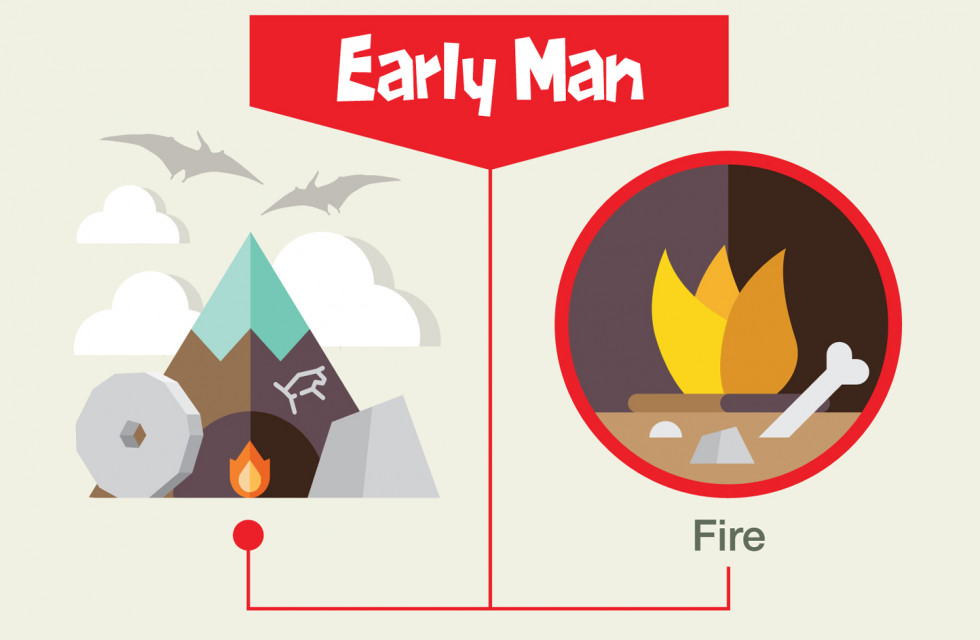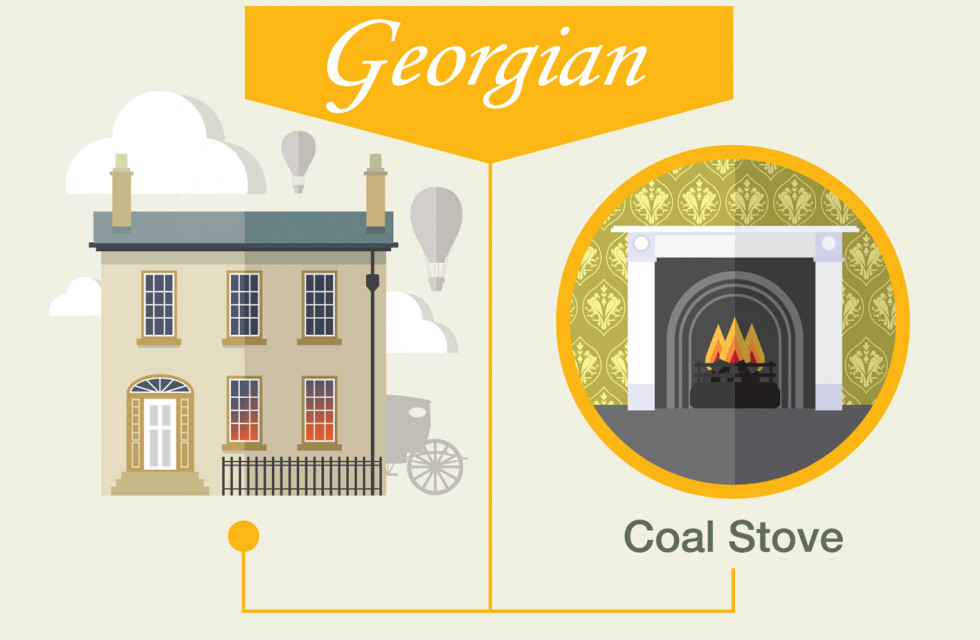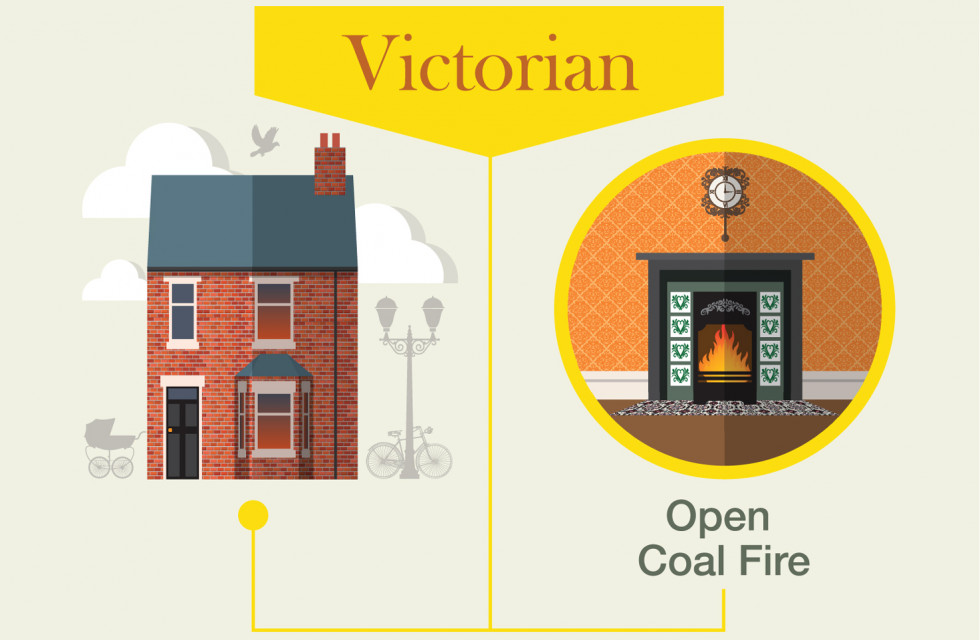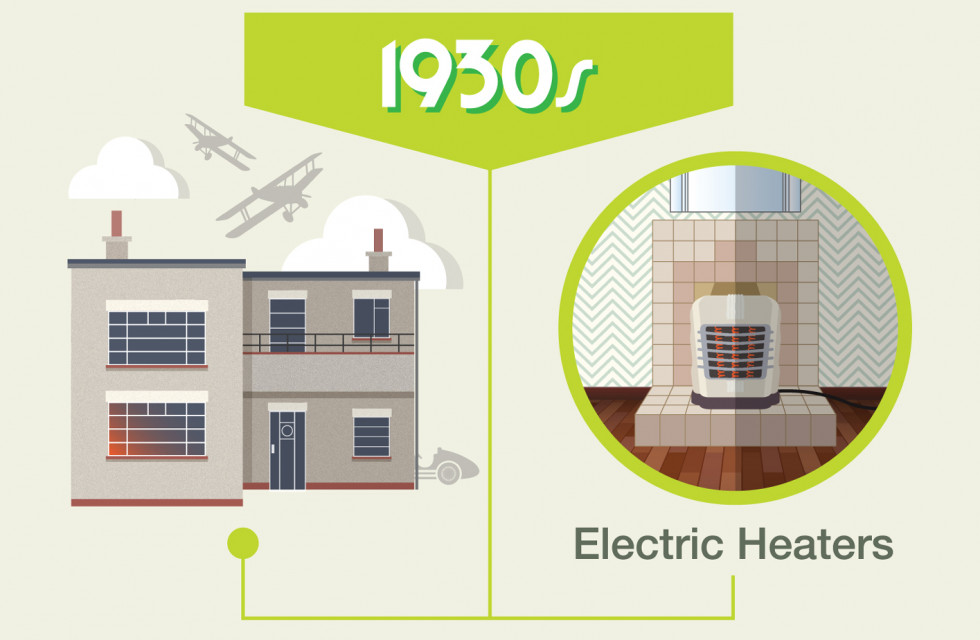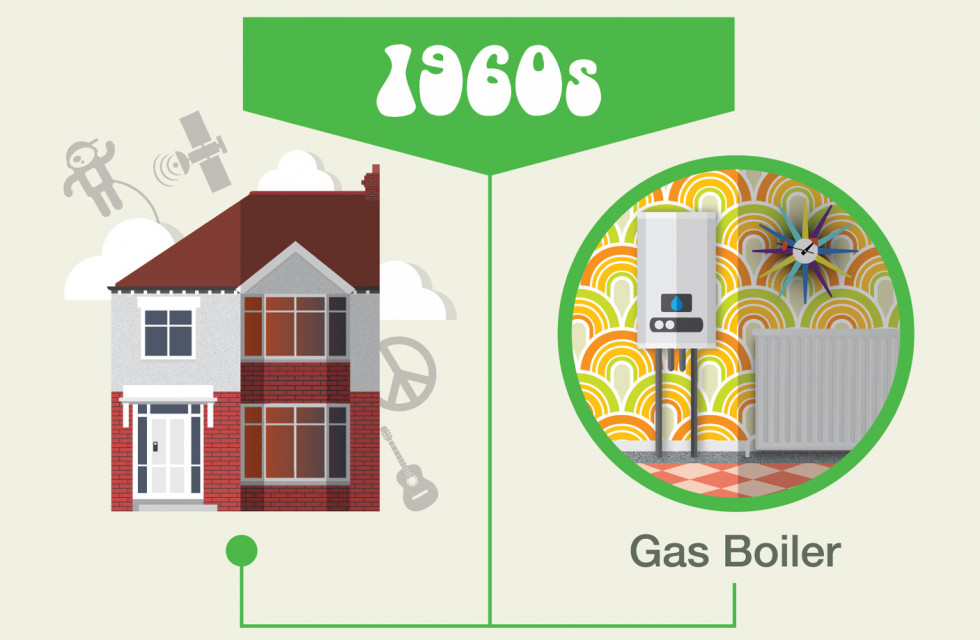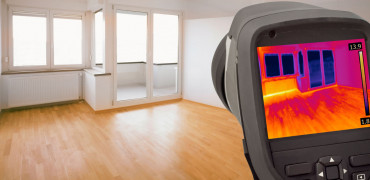Since the days when early man first discovered fire and used it to keep the ‘cave’ warm and the wolves from the door, we have found ways to refine how we use that flame.
From the wood-burning days through to the industrialisation of the Victorian age and the introduction of coal, lighting a fire has been the main source of heat for the home.
Until the turn of the 20th Century therefore, this open flame in a home wasn’t just for aesthetics – or to make you feel Hygge it was the only option available and for those petticoat wearing Victorian women, the hazard of accidental death from fire was a very real threat.
In the 1930’s, we started to see the introduction of electric forms of heating, and the introduction of a gas network from the 1950’s and 60's, saw this fuel start to dominate the world of domestic heating.
However, it wasn’t until the 1970’s and 80’s that we started to see an increase in central heating, predominantly using gas boilers and this still remains the standard for most.
But a reliance on fossil fuels; gas, coal and oil will soon need to become history because as we all know, we cannot continue like this.
So what does the future of our home heating and hot water look like?
As a heat pump manufacturer, you would expect us to promote air source systems but we are not the only ones saying it - The UK government has already recognised that heat pumps have a major role to play in keeping our homes warm and cosy well into the future.
By extracting and harvesting ‘free’ heat energy from the outdoor air, heat pumps are recognised as renewable and qualify for government incentives in the form of the Renewable Heat Incentive (RHI).
This is designed to offset the slightly higher capital costs of investing in renewables and is starting to have a significant impact on the traditional heating market as more people accept that they have to play their part.
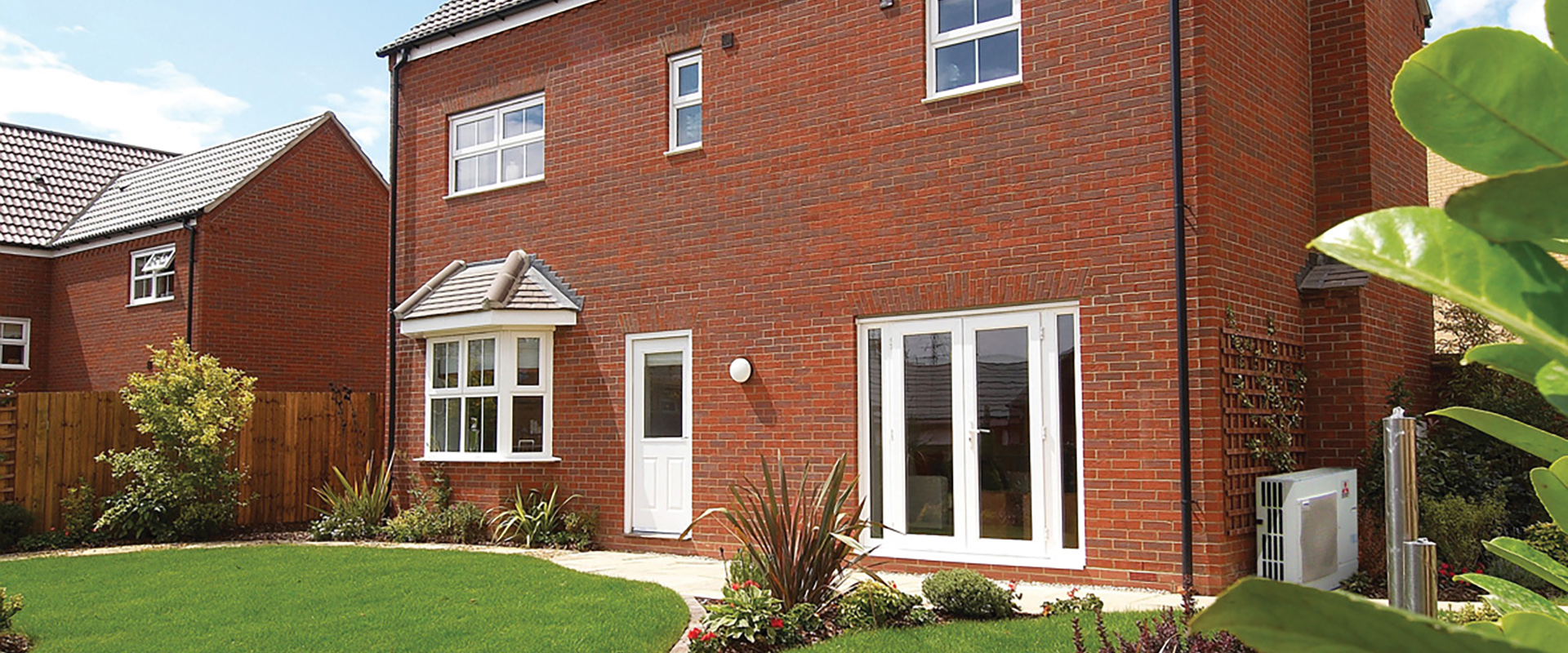
Renewable heating systems
Heat pumps are suitable from a variety of homes including pre-1930s, 1930-2010, 2010 - present and new build / self build properties.
At the moment, this is also taking the form of adding a heat pump to an existing heating system but as pressure on new housebuilders grows to clearly demonstrate they are delivering sustainable homes for the future, the government fully expects heat pumps to become the norm for home heating.
The other important factor to consider is that as the nation ‘greens’ production of energy with the increased use of wind, solar and even tidal energy production, then heat pumps become even greener.
So, the history of home heating has been an interesting journey so far but has relied predominantly on burning something to produce heat – a large part of which is often wasted up a chimney or flue.
In reality though, it’s quite scary to see how slow things have changed. It’s only now that the clock to a low carbon future really is ticking so we have to pull together to ensure we pick up the pace and move with the times.
History of Home Heating
Take a trip through time with our infographic.
Ellina Webb is a Marketing Specialist at Mitsubishi Electric
If you have any questions about this article or want to know more, please email us. We will contact the author and will get back to you as soon as we can.

